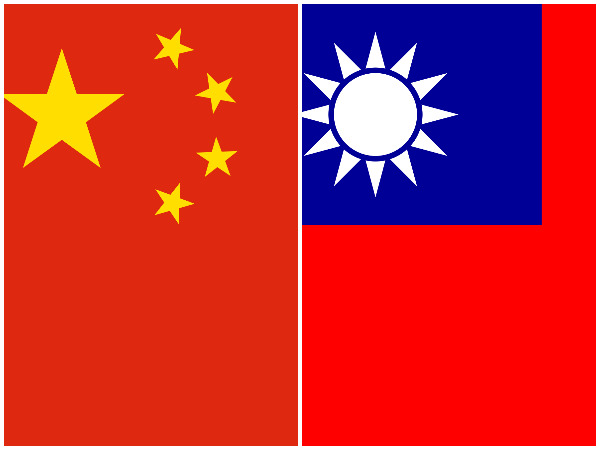
Flight path adjustments shows China rejects strait median line: Experts

Taipei [Taiwan], February 1 (ANI/CAN): China’s unilateral adjustments to flight paths close to the Taiwan Strait median line are meant to further encroach on the formerly tacit boundary and put more pressure on Taiwan as it monitors airspace in its vicinity, according to experts.
The Civil Aviation Administration of China (CAAC) on Tuesday announced it was cancelling an “offset” of its north south M503 flight path.
Furthermore, eastbound flights on the W122 and W123 paths that connect the M503 to the cities of Fuzhou and Xiamen, respectively, will be launched, the CAAC announced.
The adjustments were to ease air traffic caused by an increase of flights between key locations, to ensure flight safety, and to prevent delays, it said.
According to Shen Ming-shih, a research fellow at the Institute for National Defense and Security Research, the “offset” refers to an agreement reached between Taipei and Beijing in 2015 to move the M503 path 11 kilometres to the west of its original location.
The cancellation of that placement will put more of a burden on Taiwan, which now not only has to monitor military aircraft but also civilian planes, Shen said.
China’s move was a typical “gray zone” tactic aimed at disrupting regional peace in a way less severe than war and was clearly planned in response to the result of Taiwan’s presidential election on Jan. 13, he said.
Chen Kuo-ming, head of Defence International Magazine’s reporters’ team, said that the move was meant to pressure the new administration of Taiwan, which is to be sworn in on May 20.
He warned that China will make more moves during Taiwan’s presidential transitional period.
As to the recurring concern that China could take advantage of M503’s proximity to the strait median line to launch a surprise air raid on Taiwan, Chen said that would be an unlikely scenario, as China would have to dispatch a large number of warplanes there without Taiwan knowing to ensure a successful attack.
By the time Chinese warplanes reached the M503 path, Taiwan would be ready to launch a counterattack, which would exact a heavy toll on China, Shen said.
Chieh Chung, a researcher at the Taiwan-based Association of Strategic Foresight, agreed and said the launch of W123 essentially reduces the distance between the nearest point of M503 and the strait median line from 25km to just 7km.
This will no doubt add pressure on Taiwan when it is monitoring the airspace close to the median line, he said.
It could also lead to not only military aircraft but also civilian planes being more prone to crossing the median line if they made bigger turns, he said.
Furthermore, China’s adjustment of M503 will lead to civilian aircraft entering no-flight zones, he said.
Beijing seems determined to challenge the no-flight zones unilaterally defined by Taiwan, he added.
In a statement issued Wednesday, Taiwan’s defence ministry condemned China’s “arbitrary” unilateral adjustments to the M503 path, which it said will increase tensions and compromise security in the Taiwan Strait and urged it to immediately reverse its decision.
The military will continue to closely monitor the airspace around Taiwan and take appropriate measures to respond to potential threats, the ministry said.
The median line of the Taiwan Strait served as a tacit boundary between Taiwan and China until 2019, when sorties by the People’s Liberation Army crossed the line.
Beijing has since sought to further reject the existence of a median line in the strait by more frequently sending warplanes over the line. This now occurs on almost a daily basis. (ANI/CAN)



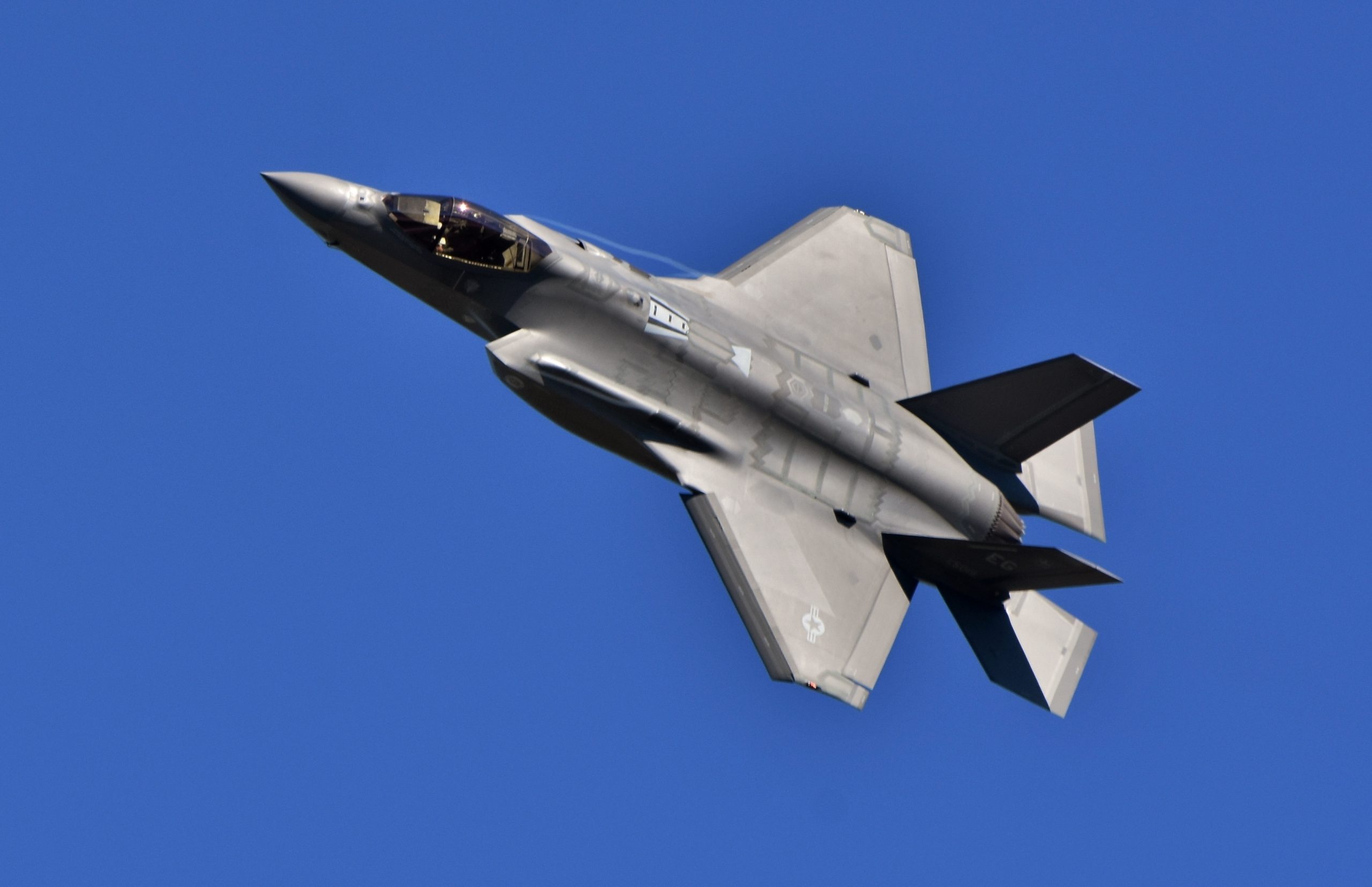


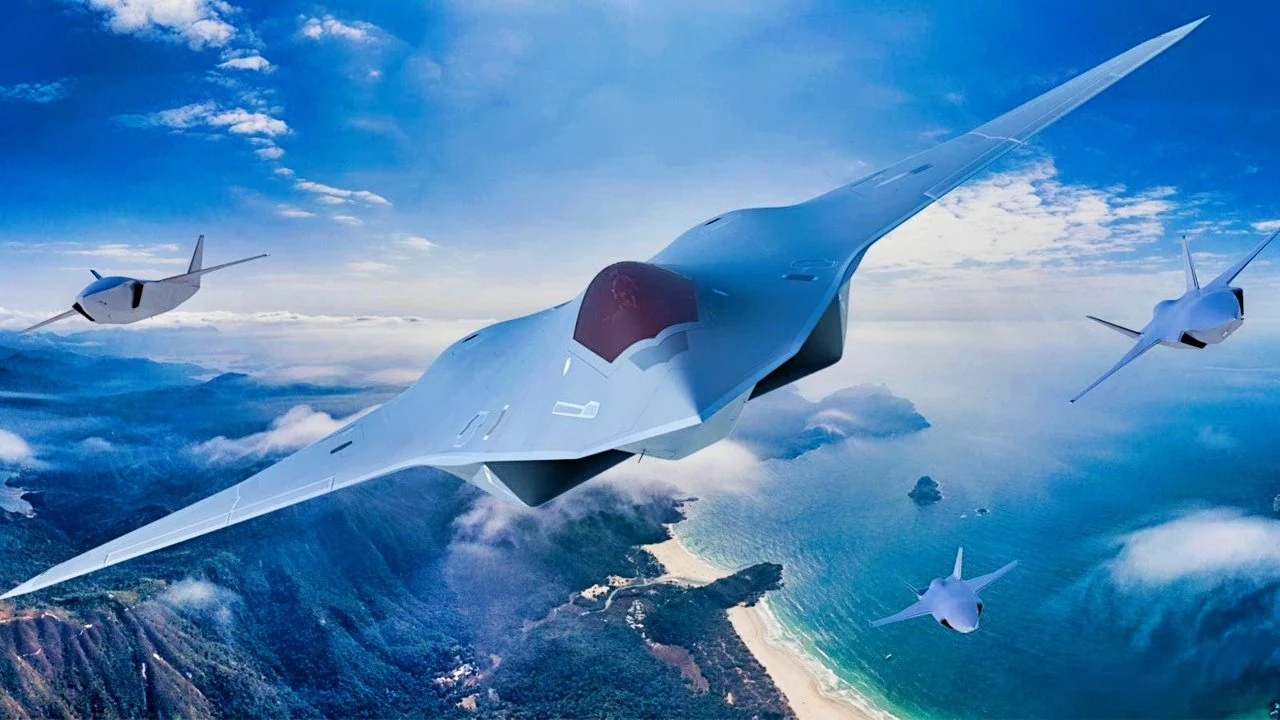
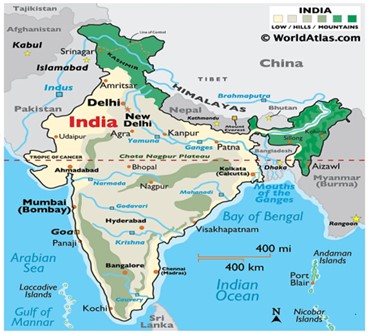

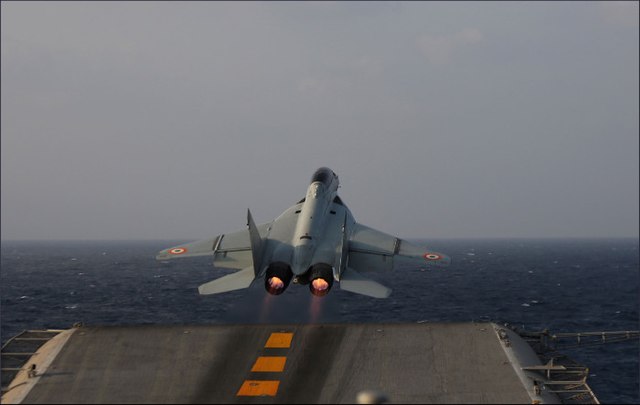







POST COMMENTS (0)